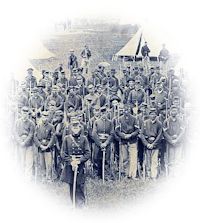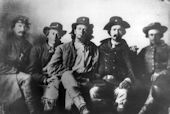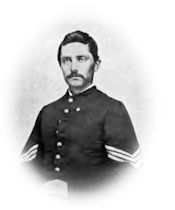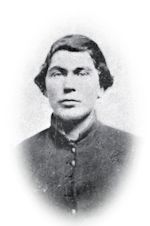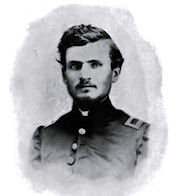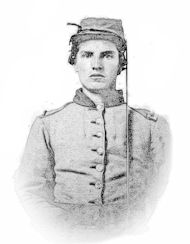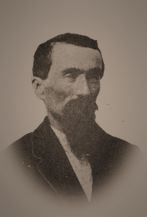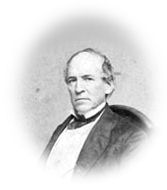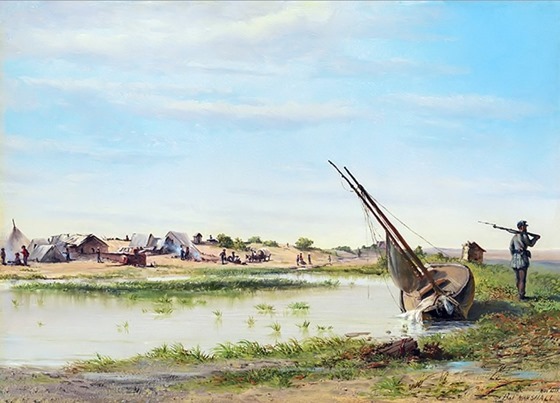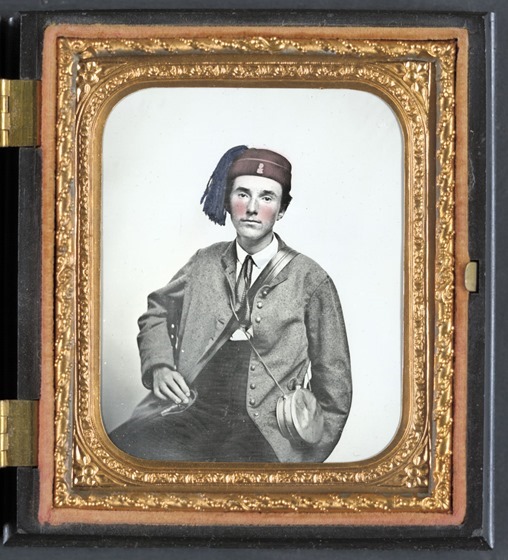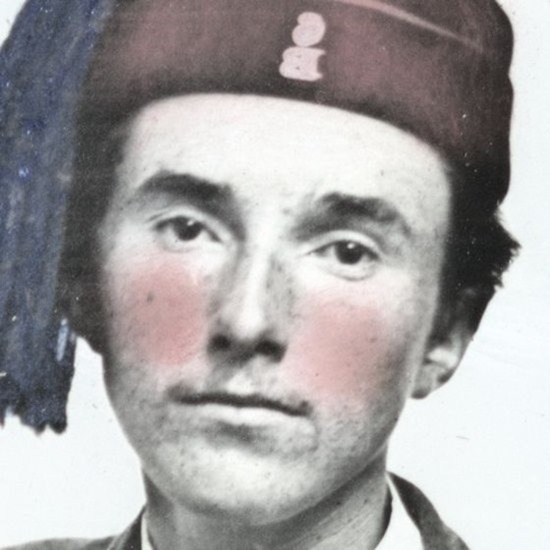Knoxville, November 18th, 1863.
It was now about 4 a. m., and daylight would soon appear. The whole corps was waiting for the artillery and wagon train to get a reasonable start. Much rain had fallen and the roads were heavy; horses and mules were poor. About one hundred wagons, heavily loaded with army supplies, were abandoned because we had not time to burn them. A large amount of bread, bacon, sugar and clothing were thus turned over to Longstreet’s Quartermaster. Just as daylight appeared we filed into the road en route for Knoxville. The Third Brigade was in the rear, and our regiment was detailed as rear guard, the post of honor and danger. One company of cavalry, all we had, was left to finish the work of destruction and to act as scouts. We were hardly out of sight before the Rebel cavalry made a dash, capturing several and scattering the rest. Their infantry was not far behind. They pursued and closed in on us with relentless fury. When too hard pressed, our little band would turn and charge with fixed bayonets, thus holding them in check while the others made a little headway. Mile after mile was fought over in this way, every inch contested, but all would not do. They pressed our flank and rear until Burnside was compelled to turn and fight them. The Knoxville road, in the vicinity of Campbell Station, leads through a ravine from one to two miles wide hemmed in by mountains or high hills, which render a flank movement well-nigh impossible. At the head of this ravine Burnside massed his artillery—120 pieces—formed his infantry in their rear for support, and awaited the assault. From our position we had an almost unobstructed view of what was taking place in front. No artillery could be seen; nothing but infantry. We could see them file out from a piece of timber and form in line, from hill to hill and rank on rank. At the word they moved forward, colors flying, shoulder to shoulder, a compact mass, seemingly irresistible. At a given signal from the head of the valley a sheet of flame bursts forth with a crash that shakes the earth—a blast of iron hail sweeps those serried ranks, opening wide gaps. They close and stubbornly move on. Again that withering flame; again that blast of death, and they recoil. Three times they make the attempt, and three times failed—then darkness closed the scene. By this time our wagon train was far on its way toward Knoxville, leaving the road unobstructed. One by one our cannon disentangled itself and straightened out on the line of retreat. The infantry closed in on its rear, making the best time we knew, hoping to reach Knoxville before daylight. We arrived at 3 a. m.
At sunrise the Rebels were within five miles of us. Our position is naturally strong, and our men were at once set to work to make it stronger. By 3 p. m. rifle pits encircled the city from river to river. When they were completed our brigade bands formed on the top of the hill and played “The Red, White and Blue.” “When This Cruel War Is Over,” “Rally ‘Round the Flag, Boys,” and finished up with “Yankee Doodle,” to which the boys responded with a yell of defiance as we stepped down into our ditches. We were ready for them, and every man of us understood we must whip them here or be taken prisoners.
Longstreet advanced leisurely, knowing we could go no further, and confident in his strength, for he outnumbered us three to one. But he evidently did not know our weakness. When stretched around the city we formed a very thin line; indeed, the men in trenches standing fully six feet apart. He might have carried our hastily-constructed works by assault, but it seems he chose to adopt the more humane method, and starve us out. The delay proved our salvation. In our retreat from Lenoir the Seventeenth lost 114 killed, wounded and missing.
Longstreet himself is on the ground, directing the placing of his men. I have seen him in many previous campaigns, and know him by his form and the way he sits his snow-white horse.
